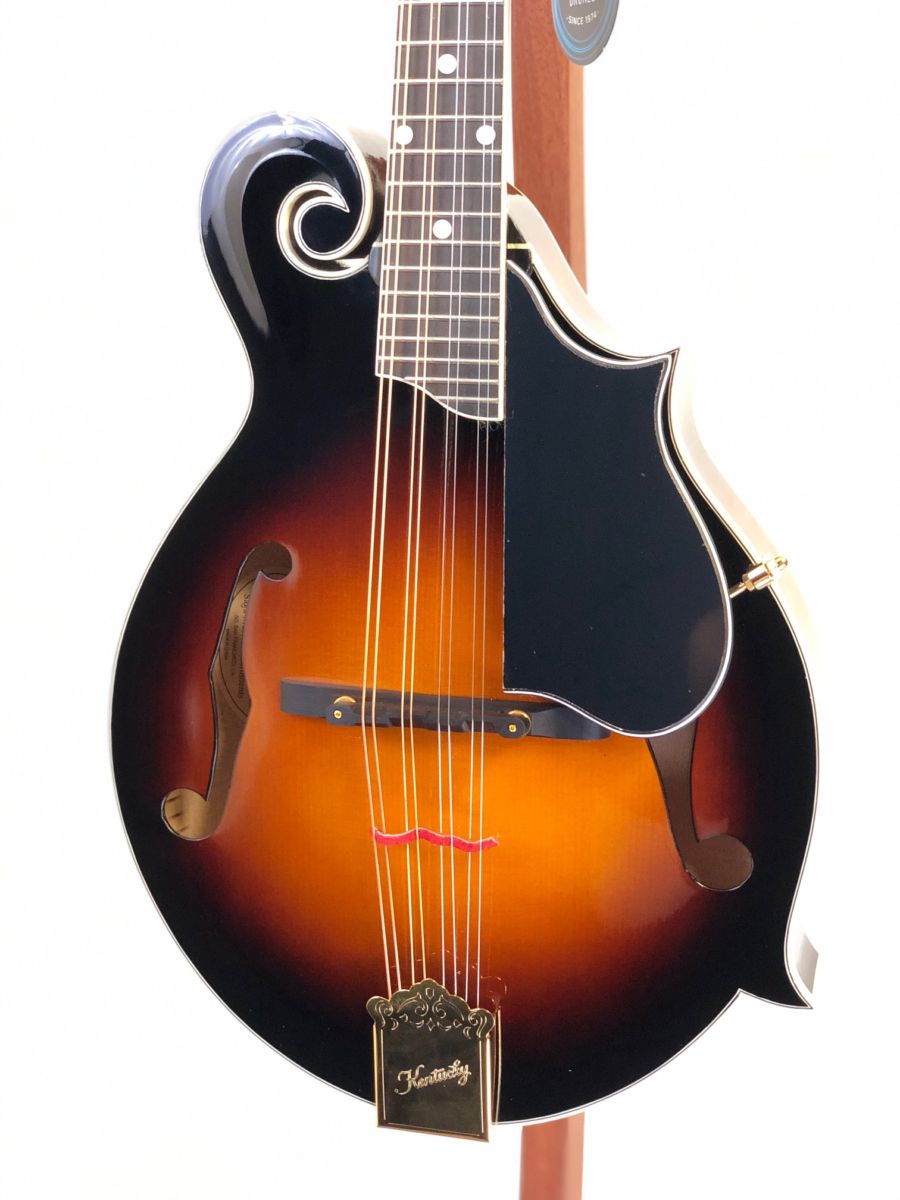

The size of the holes also directly affects the volume and sustaining power. The F-holes are similar to the violin and look like a stylized "F" on either side of the bridge of the mandolin, allowing the sound to be more percussive than a mandolin without these holes. Some A-style Kentucky mandolins don't have F-holes. The larger F-holes on the F-style Kentucky mandolin contribute to a greater and more powerful sound than the A-style mandolin.

The extra string helps to create the strong twangy, plucking sound of the mandolin. The strings on both styles tune in fifths to G - D - A - E with two strings per pitch. Spruce may more easily bend and crack, requiring more diligent care of the instrument. For a mandolin with a soft sound, consider one constructed mostly of spruce. The Kentucky mandolin consists of a maple back, to add firmness and resilience while the laminate tops consist of spruce, which is a lighter wood that helps to soften the sound. The F-style and A-style Kentucky mandolin use the same types of woods in their construction. Because of the more rounded shape of the A-style Kentucky mandolin, the possibility of the instrument slipping while playing is more likely. The A-style Kentucky mandolin has less complexity than an F-style Kentucky mandolin, specifically a less elaborate scroll design at the end of the neck. The F-style Kentucky mandolin is designed with more curves - this makes it a better choice for playing while sitting, as the design fits the shape of the leg. Each Kentucky mandolin also makes use of an F-hole to enhance the sound. The Kentucky mandolin comes in two main styles: F-style and A-style mandolins. Learning about the difference between an A-style and F-style Kentucky brand mandolin will help you select an appropriate mandolin for your purposes.


 0 kommentar(er)
0 kommentar(er)
